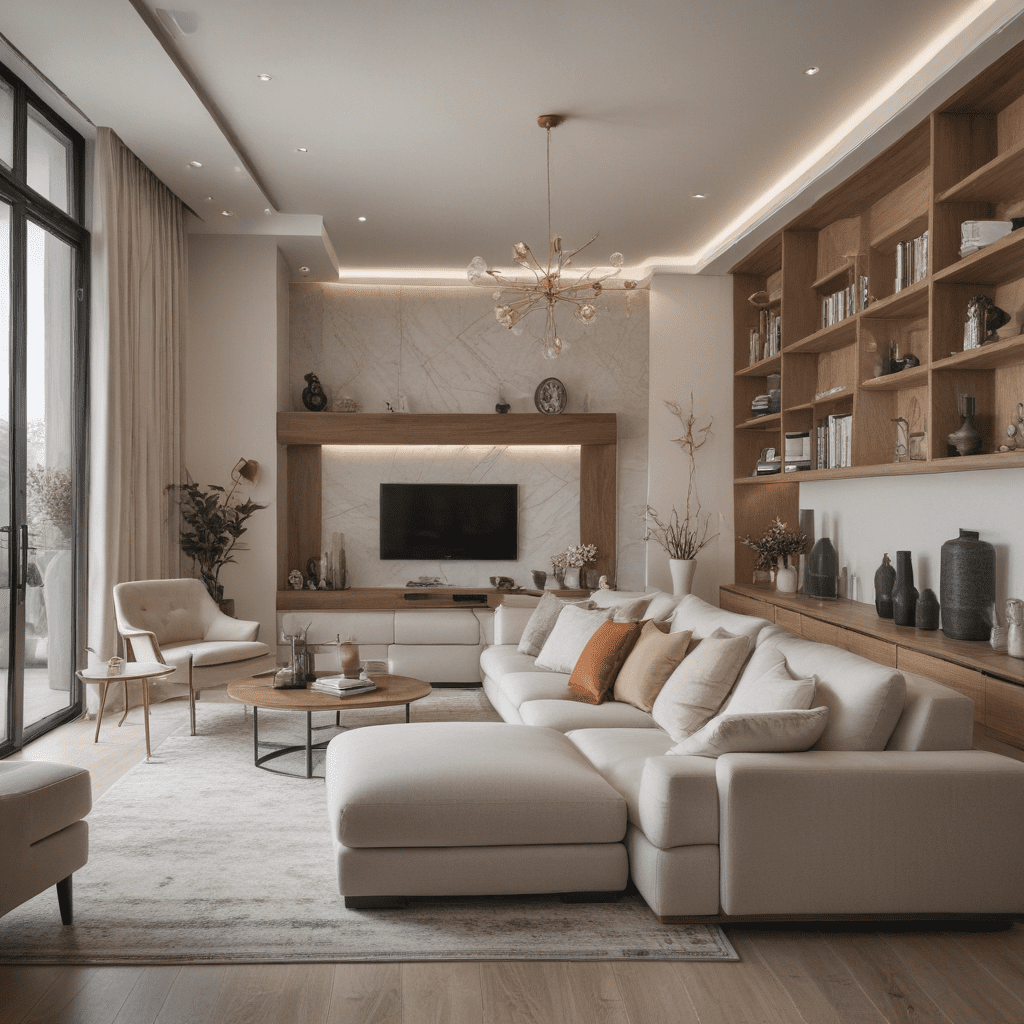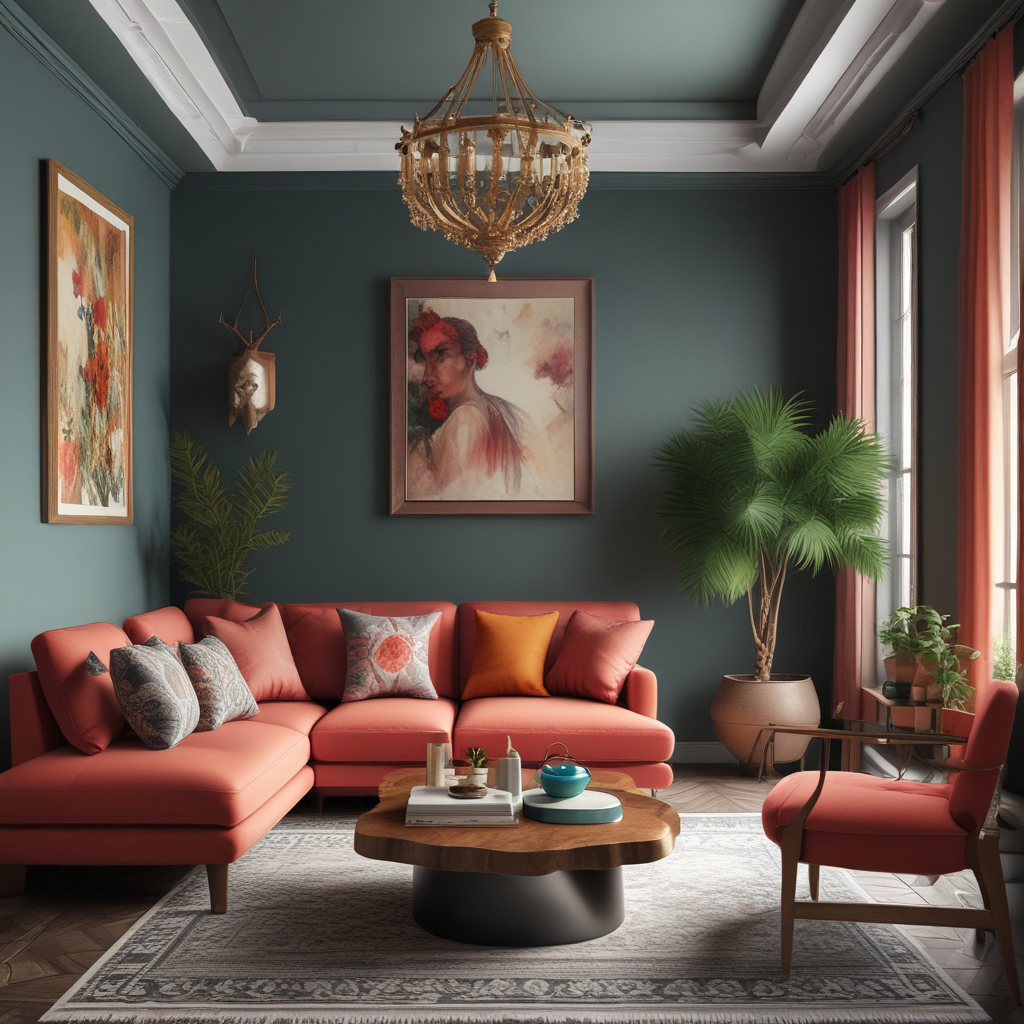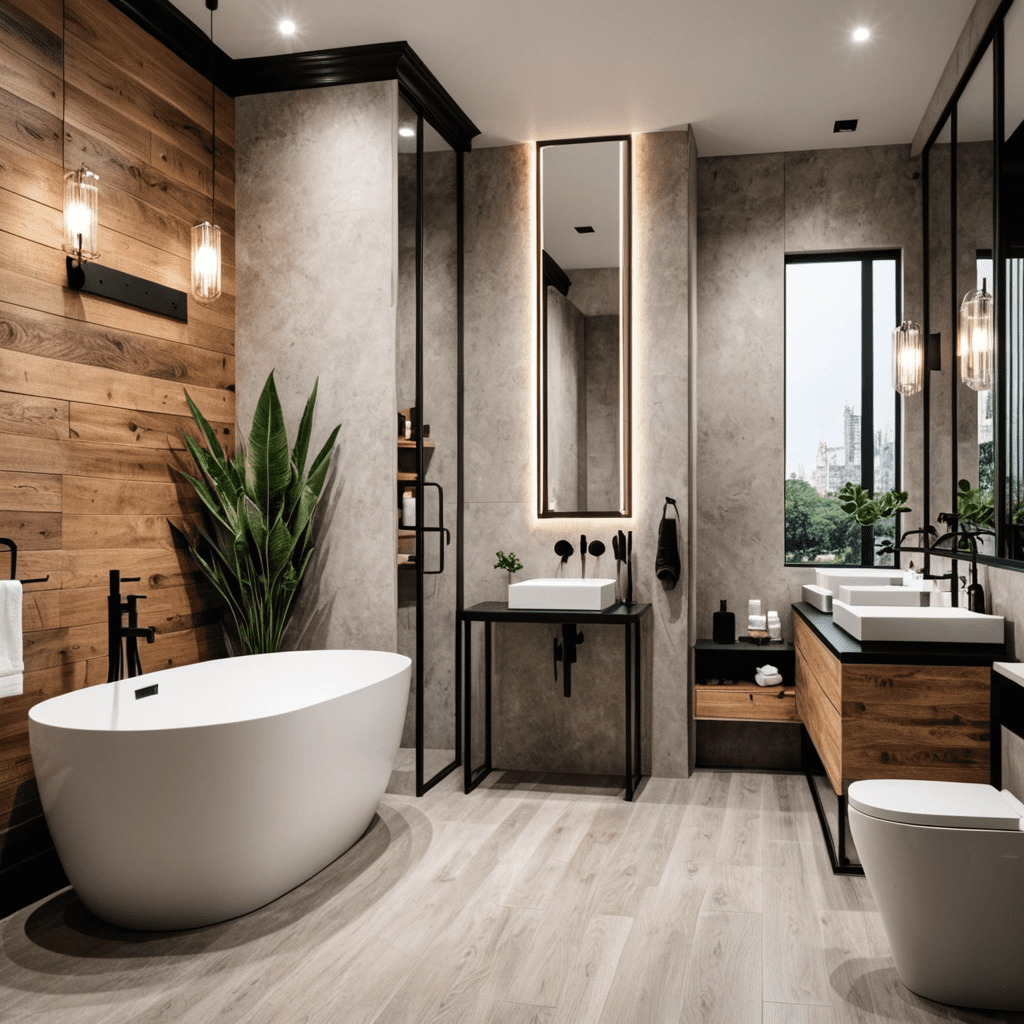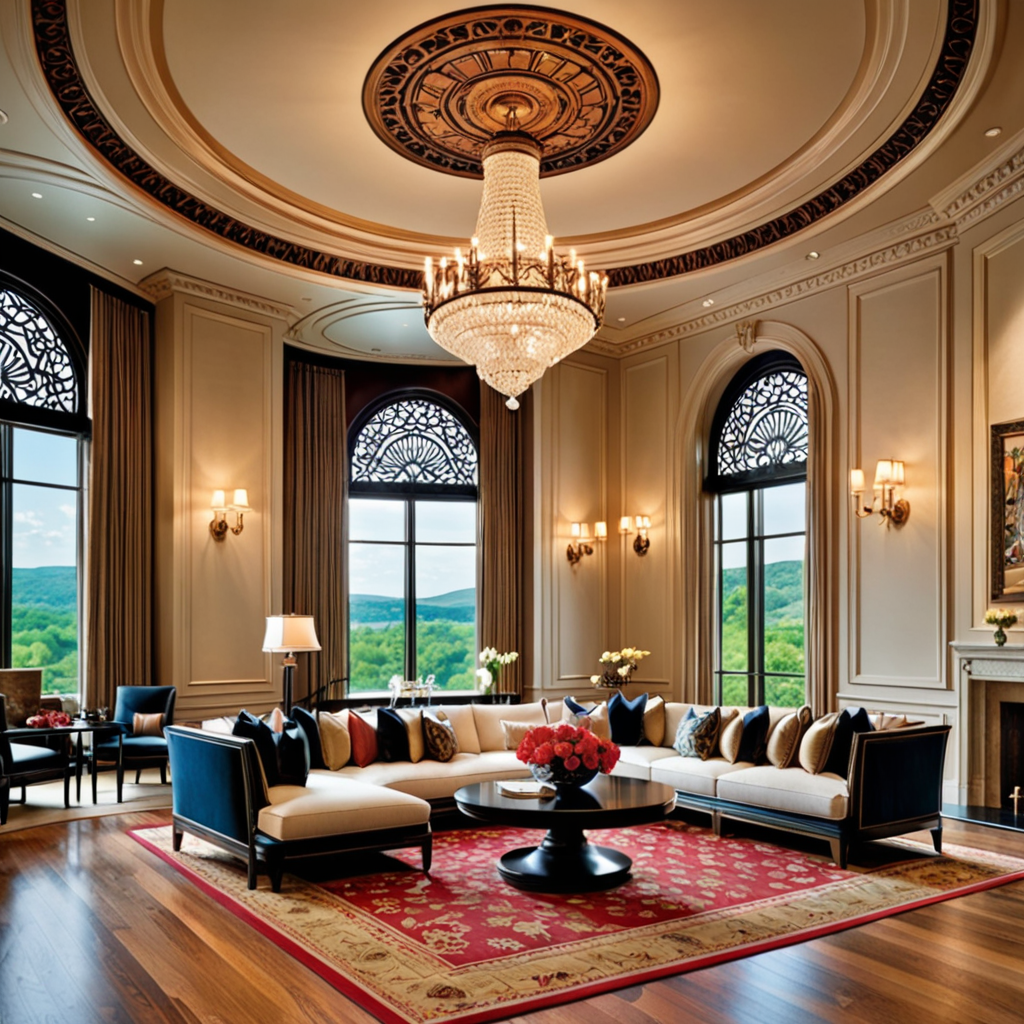„Exploring the Advantages and Drawbacks of Interior Design”


**Exploring the Advantages and Drawbacks of Interior Design**
Interior design can significantly impact the aesthetics, functionality, and comfort of a living space. Whether you are considering a redesign or contemplating pursuing a career in interior design, it’s essential to weigh the pros and cons. Understanding these aspects can help in making informed decisions. Here, we’ll delve into the benefits and limitations of interior design to provide a comprehensive perspective.
**Pros of Interior Design**
*Enhanced Aesthetics*: One of the primary advantages of interior design is its capability to enhance the visual appeal of a space. A well-designed interior can create a cohesive and aesthetically pleasing environment that reflects the homeowner’s style and personality.
*Improved Functionality*: A well-thought-out interior design can maximize the functionality of a space. Through strategic placement of furniture, thoughtful organization, and space utilization techniques, interior design can optimize the usability of a room.
*Personalization*: Interior design allows individuals to personalize their living spaces according to their preferences and needs. This customization can lead to a sense of ownership and comfort within the environment.
*Increased Property Value*: A well-executed interior design can lead to an increase in the property’s value. Thoughtful design elements and a cohesive overall look can make a home more attractive to potential buyers or renters.
*Emotional Well-being*: A thoughtfully designed interior can contribute to the well-being of the inhabitants by creating a calming, inspiring, or invigorating atmosphere. This can positively impact mental health and overall happiness.
**Cons of Interior Design**
*Cost*: One of the major drawbacks of interior design is the potential cost involved. Quality materials, professional services, and designer furniture can significantly increase the overall expenses of a project.
*Time-consuming*: Interior design projects can be time-consuming, especially if significant renovations are involved. It requires careful planning and execution, which may disrupt the daily routine of occupants.
*Overpersonalization*: While personalization is a benefit, it can also lead to overpersonalization. This may limit the appeal of the space to potential buyers if the property is put on the market.
*Maintenance*: Elaborate interior designs, such as intricate decor and high-maintenance materials, can require more upkeep. This can lead to additional time and effort being dedicated to cleaning and maintenance.
*Trends and Preferences*: Interior design trends are always evolving, and personal preferences may change over time. This can lead to the need for periodic updates and redesigns to keep the space feeling current and aligned with one’s tastes.
**FAQ**
**What are some cost-effective ways to improve interior design?**
Incorporating simple changes such as rearranging furniture, adding a fresh coat of paint, or introducing decorative elements like plants or artwork can significantly enhance a space without incurring substantial costs.
**How can I find a reliable interior designer?**
Seek recommendations from friends or family, and conduct thorough research on potential designers. Review their portfolios, check for certifications, and ensure effective communication and understanding of your needs.
**Is interior design only for large, luxurious spaces?**
No, interior design principles can be applied to any space, irrespective of its size or budget. Interior design is about enhancing the functionality and aesthetics of a space, regardless of its scale.
**What should I consider before starting an interior design project?**
Before beginning, consider your budget, personal preferences, long-term needs, and the expertise of professionals you plan to engage. Establish clear objectives and communicate them effectively to ensure the desired outcome.
**In conclusion, interior design offers a myriad of benefits, such as improved aesthetics, functionality, personalization, and potential value appreciation. However, it’s essential to be mindful of the potential drawbacks, including costs, time requirements, maintenance, and evolving trends. By carefully considering these factors, individuals can make informed decisions regarding their interior design endeavors.**




